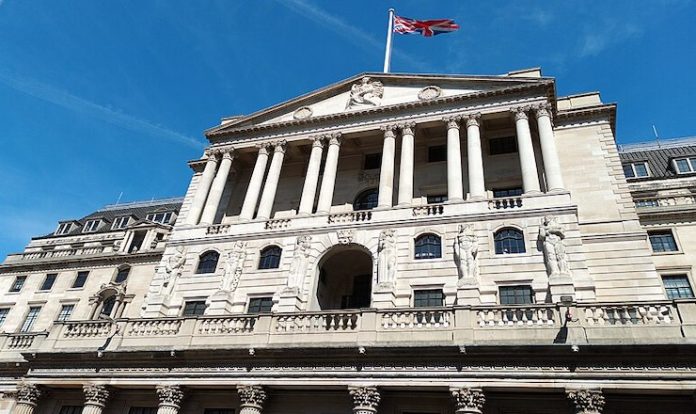The Bank of England has recently cut its benchmark interest rate to the lowest level seen in two years, a move that is reverberating across global markets and currency exchanges. This policy shift comes at a pivotal moment for the world economy, introducing fresh variables that both investors and policymakers must closely monitor.
Why Has the Bank of England Lowered Rates?
Central banks typically reduce interest rates to stimulate economic growth, especially if faced with weak inflation, slow consumer demand, or signs of stagnation. The Bank of England’s decision suggests that it is responding to economic challenges, whether domestic or international. Lowering interest rates makes borrowing cheaper, encourages investment and spending, and can help stave off recessionary pressures.
Global Ripple Effects
Financial Markets Impact: A rate cut from one of the world’s major central banks often leads to shifts in global financial conditions. Investors may reallocate assets, seeking higher yields elsewhere, which can result in greater volatility or opportunity in other markets.
Currency Stability: Reducing interest rates generally weakens a currency, as lower returns make it less attractive to global investors. The British pound may see depreciation, which impacts international trade, tourism, and the purchasing power of UK consumers abroad.
Central Bank Coordination: Other central banks may interpret this move as a sign to reconsider their own policies. This can trigger a wave of interest rate adjustments worldwide, particularly if economic conditions deteriorate.
What Should Businesses and Consumers Expect?
-
Cheaper Loans: UK consumers and businesses should benefit from lower borrowing costs, potentially boosting housing markets, infrastructure investment, and consumer spending.
-
Savings Challenges: Savers may face lower returns, prompting them to explore alternative investments or adjust their financial plans.
-
Export Advantage: A weaker pound can make UK exports more competitive globally, aiding manufacturers and exporters.
Looking Ahead
The Bank of England’s rate cut underscores ongoing uncertainty in the global economy. Investors, businesses, and consumers alike must remain vigilant, watching for further moves by central banks and adjusting their strategies to stay resilient.
As more data emerges and other central banks respond, updates will be crucial for anyone with a stake in international finance or the UK’s economic outlook.

